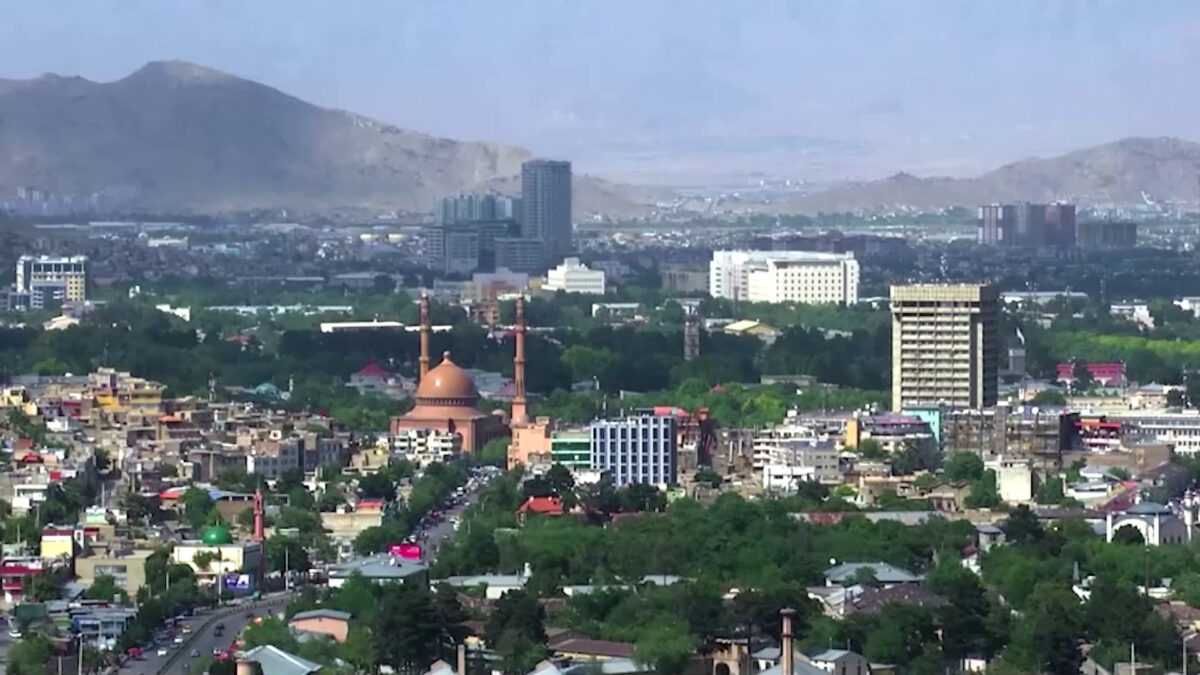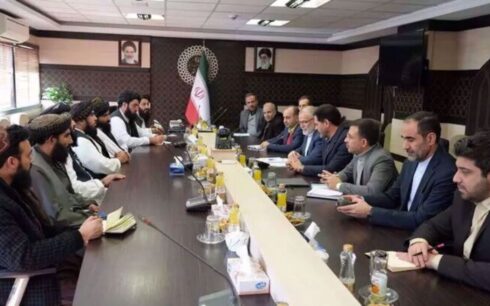Terrorist threats emanating from Afghanistan, while currently seen as minor by some, have the potential to escalate quickly, according to an analysis by the Middle East Institute.
Authors Douglas London and Javid Ahmad argue that while the U.S.-Taliban relationship has been “de-risked” in recent years, the situation remains fragile and could rapidly deteriorate.
The authors attribute the relative stability of the U.S.-Taliban relationship to two main factors. First, they note that the Taliban’s staying power—militarily, politically, and religiously—has made its rule more predictable compared to the previous Afghan government. “The Taliban’s continued control has created a more stable, if still fragile, governance structure,” they write.
Second, they argue that the U.S. has acknowledged that engagement, whether direct or indirect, with the Taliban is necessary to maintain some degree of predictability. “A better-governed territory and centralized rule is preferable to chaos and civil war,” the analysis states.
However, the analysis highlights the Taliban’s growing collaboration with regional and non-regional militant groups. Some Taliban leaders, it says, are aligning with these external groups to exploit rising anti-American sentiment across the region, which is fostering conditions for increased domestic radicalization.
“Internally, this radicalization is fueled by a surge in Taliban-sponsored religious education, particularly through the expansion of jihadist madrassas,” the analysis warns. This could give rise to a new generation of militants that may pose even greater threats than the Taliban itself.
The report also points out that terrorism in Afghanistan is one of the few areas where the interests of regional and non-regional powers converge. However, each country faces different terrorist threats. “For example, a group that threatens China may not pose the same risk to Russia, Iran, or Pakistan,” the authors write. This variation necessitates tailored bilateral engagements between these countries and the Taliban as a way to manage the risks.
The analysis also touches on the growing international recognition of the Taliban, citing instances of countries transferring control of Afghan diplomatic missions to the Taliban, hosting sanctioned Taliban leaders, and engaging with the regime on commercial and technical projects, particularly in mining, oil, and natural gas sectors.
While the U.S. has managed to mitigate some risks through cautious engagement with the Taliban, the analysis cautions that the presence of militant groups in Afghanistan, coupled with domestic radicalization, poses a significant long-term threat that could escalate without continued vigilance.





